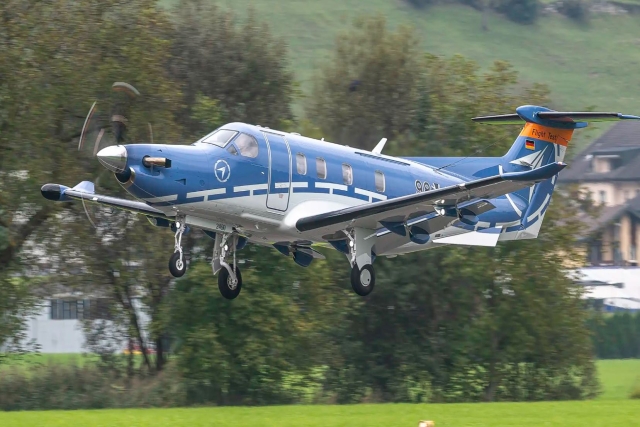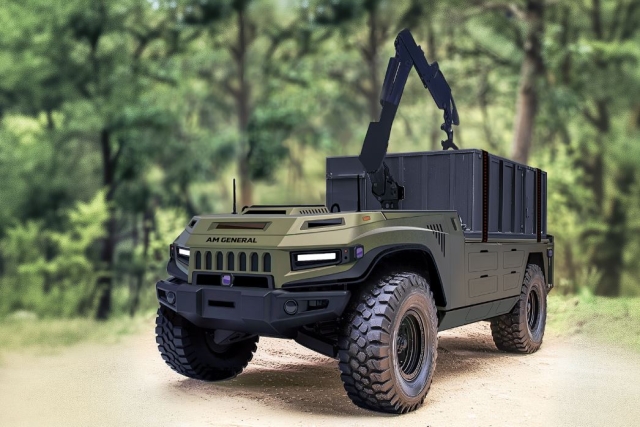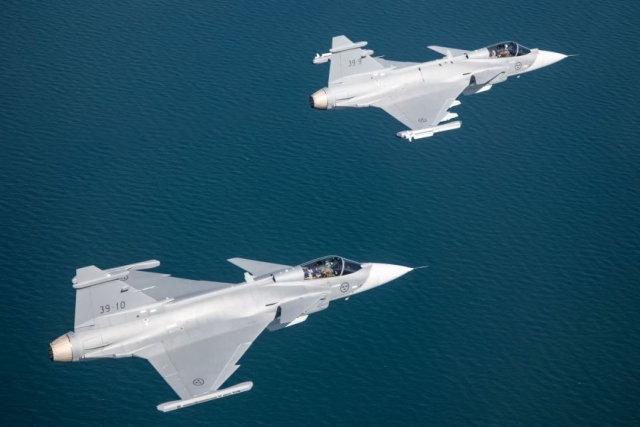Europe To Launch Car-Sized, Wingless Spacecraft
Europe has planned to launch a car-sized experimental wingless space plane on a 100-minute unmanned mission, AFP reported Feb 5 2014.
The European Space Agency's two-tonne, 5m-long Intermediate eXperimental Vehicle (IXV) is scheduled to be blasted into space on a Vega rocket from a space pad.
It will separate from the launcher about 18 minutes later, some 320km above Earth, and then climb to a height of about 450km before starting its descent at several times the speed of sound, recording valuable data along the way.
A parachute will deploy to slow the descent, and balloons will keep the craft afloat after splashdown in the Pacific Ocean, where it will be recovered by a ship for analysis.
Re-entry is a challenge for the aerospace industry as friction with the Earth's atmosphere slows the returning craft, but also heats the outside to scorching temperatures.
If the re-entry angle is too steep the craft will burn up, too shallow and it may bounce off the atmosphere or pierce through but completely miss its landing target.
"We are able to go to space, we are able to stay in orbit, what we want to learn today is to close the loop, to return from orbit, and this is one of the most complex disciplines in space activity," IXV programme manager Giorgio Tumino told the AFP news agency.









